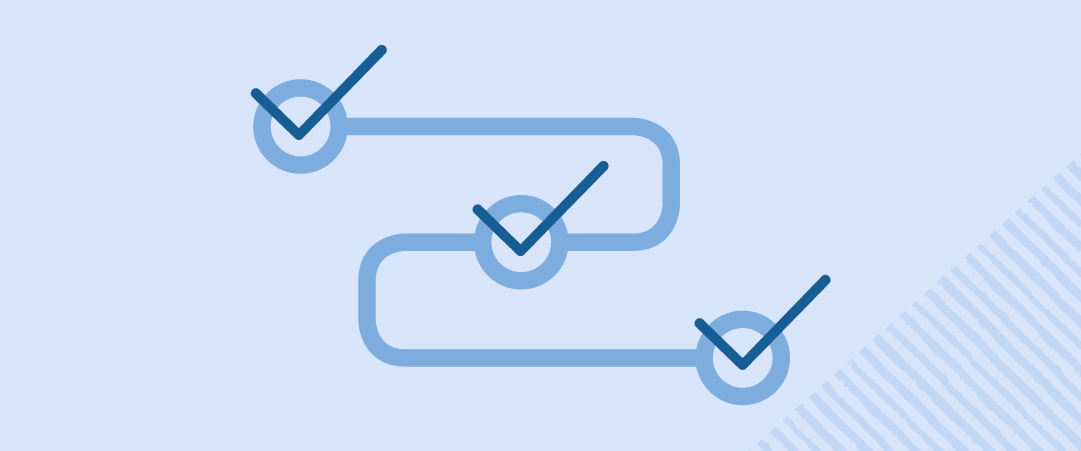The pandemic changed the workplace and how employees got the job done. According to a survey by Harvard Business Review Analytic Services, 93% of business leaders agree that providing teams with the software and tools they need is necessary to producing successful work.
Much of the technology that employees used pre-pandemic isn’t sufficient for the new ways of working. Distributed teams need friction-free platforms for collaboration, and an added emphasis on employee innovation requires tools that foster creativity, agility, and autonomy.
The HBR study found that just half of business leaders feel their technology stack meets employees’ current needs well. To provide teams with the tools they need to innovate and execute, companies should adopt technology that fills five essential requirements.
1. Proven security
Distributed teams create a challenge for IT departments, with remote working putting companies at greater exposure to cyber risk. A recent survey from Tessian found that 43% of people admitted to making a mistake at work that had security repercussions, and 47% said they’ve clicked on a phishing email at work.
It’s not surprising then that a study by 451 Research reports that 35% of IT decision makers are concerned about an increased risk of security threats. While this metric is down from 48% recorded in May 2020, it’s still a significant number of companies worried about the security of their technology.
Technology platforms must meet strict security protocols so teams can work creatively with confidence. The technology should also give IT an ability to effortlessly monitor compliance, governance, and security without hindering workflow. Smartsheet, for example, offers multi-level security with around-the-clock monitoring, physical security, data encryption, and user authentication.
2. No-code solution building
Businesses also must provide employees with seamless workplace experiences that remove the day-to-day friction that can cause frustration and disengagement. No-code tools with easy-to-understand drag-and-drop components can empower employee innovation.
Intuitive platforms put innovation at the edge. Instead of relying on IT teams, employees can quickly build the solutions they need without needing technical skills. For example, Smartsheet offers pre-built features that automate workflow and unleash employees’ ability to creatively solve problems.
“We’re able to spin up projects with a couple of clicks,” using Smartsheet’s Control Center, says Andrew Bourne, senior manager of operational excellence for the electronic component distributor Digi-Key Electronics. “Just the ease of an intake form, then choosing the project path, and getting started within a few minutes is truly powerful.”
3. Adaptability
Technology also needs to adapt to constantly changing conditions and scale to the needs of a specific project or initiative. Having real-time views into data can help inform decision making. When people can get the information they need when they need it, innovation can move forward.
For example, the security integrator Convergint uses Smartsheet as a single system of record for customer information. Before adopting the platform, the company relied on manual processes, such as spreadsheets, and had no single source of customer activity. Smartsheet’s centralized hub and easy-to-use templates enable Convergint teams to upload and share customer information so teams can act on customer priorities with confidence.
“My goals are speed, accuracy, and simplification,” says Luke Rowan, global program manager at Convergint. “How fast can I accomplish this now utilizing Smartsheet? How much more accurate can I be now that I don’t have to have multiple data entry points? How much simpler can I make it for my colleagues and for my customers day to day? Because the simpler it is for them, the more accurate it’s going to be and the faster it’s going to be. It’s a cycle of improvement.”
4. Collaboration
Innovation often stems from collaboration. Technology should enable internal and external teams to work together—no matter where they’re located. Instead of having siloed forms of communication and limited access to information and insights, tools that unite teams under a single platform unlock value that may be trapped within departments.
Sharing data company-wide opens access to information that can lead to innovation. For example, Convergint relies on Smartsheet for collaboration. Scott Gandolfe, director of program management, says he and his team enjoy better cross-team and global communication. With clearer insight into customers’ needs and status, the company can provide quicker turnaround for requests with a greater level of professionalism.
“As far our innovation is concerned, Smartsheet is the place where all of our projects live,” Pete Danos, Digi-Key’s senior innovation program leader, says. “We use it to handle day-to-day task management, scheduling, updating, and tying all projects to our departmental dashboard, which elevates our department throughout the enterprise.”
5. Scalability
Technology also needs to scale with innovation. In addition to being adaptable, it should be robust enough to meet the demands of dynamic growth, especially as projects evolve from small teams into an enterprise-wide initiative.
Digi-Key uses Smartsheet to build better processes and automate workflows, reimaging how the company works. It went from using tools like Microsoft Excel and notebooks to Smartsheet Control Center, which enables companies to scale their project and portfolio management efforts.
Danos shared his department’s Smartsheet success story with Digi-Key’s IT department. “If you go back seven months, they were struggling with multiple project managers who were doing great work,” he says. “Each person was project managing a little different than the next, and it was a challenge to tie all of that information together.”
“We showed them that if you do a little pre-work and determine the templates and how you want people to manage projects, you can all sing from the same sheet of music.”
Driving Innovation
In IDG’s 2021 State of the CIO report, IT leaders say two of their top priorities are security management and driving business innovation. The balancing act requires choosing tools that are agile enough to support both initiatives. Learn how Smartsheet can provide your teams with the technology they need to accomplish your goals and drive your business forward.

